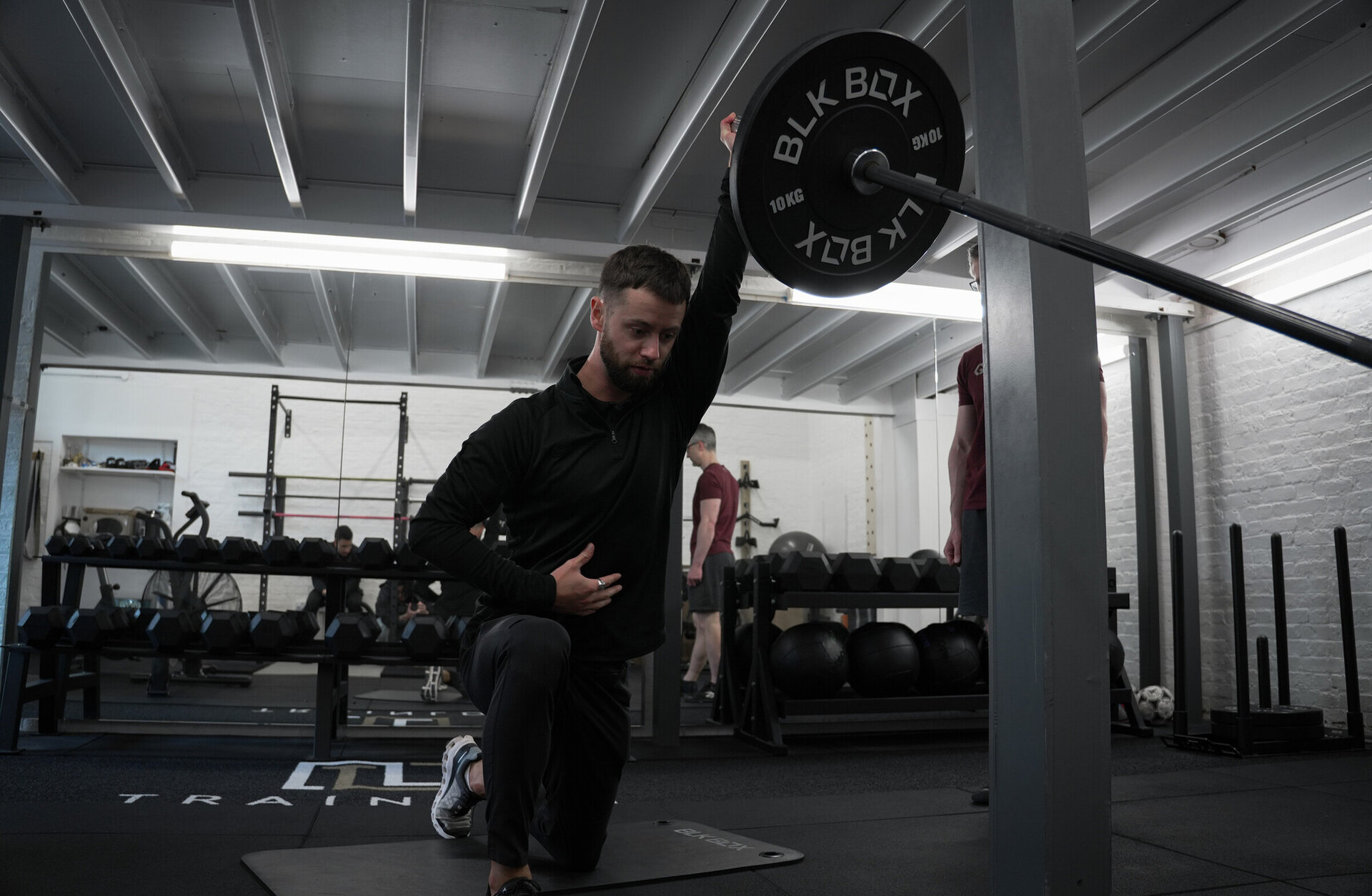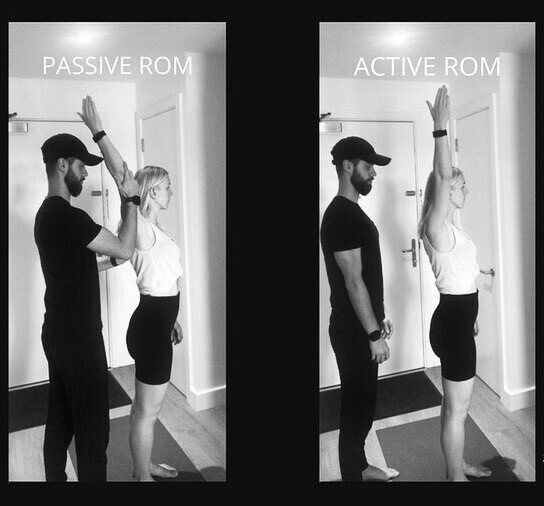The terms Mobility & Flexibility get thrown around a lot. Let’s dig a little deeper into what it means.
𝗠𝗢𝗕𝗜𝗟𝗜𝗧𝗬 - ‘the ability of a joint to move ACTIVELY through a ROM (range of motion)’
𝗙𝗟𝗘𝗫𝗜𝗕𝗜𝗟𝗜𝗧𝗬- ‘the ability of a muscle/muscles to lengthen’.
Let’s interpret these...
Below you can see a visual representation of the differences between passive ROM and active ROM.
You can see that whilst I assist Jane through passive flexion at the shoulder she can access a larger ROM. Whereas when prompted to flex at the shoulder, as far as she can actively on her own, she fails to meet the same ROM.
The lack of range she can actively reach would be defined as lack of mobility at the shoulder joint. Whereas the passive range can be attributed to flexibility of the surrounding muscles, in this case the Lats.
In summary, mobility encompasses an element of muscular flexibility with the addition of muscular STRENGTH. True mobility is greater than just passive ROM at a given joint. Improving mobility will require you to build strength in end ranges.
Building a balanced body that is pain free and mobile will require strength improvements. If you feel ‘tight’ or you lack ROM you are most likely suffering from weakness in some aspect.
For more detailed info on how/why we should build full body mobility then get in contact today.
𝗥𝗘𝗙𝗢𝗥𝗠 | 𝗧𝗥𝗔𝗡𝗦𝗙𝗢𝗥𝗠 | 𝗣𝗘𝗥𝗙𝗢𝗥𝗠

